Introduction
The ancient whole grain millet has gained popularity due to its abundant nutrients and wide range of health advantages. Originating in Southeast Asia, millet has a strong nutritional profile that includes antioxidants, amino acids, and other elements. Notwithstanding its benefits, the vital query remains: Is millet keto friendly? Before we get started, let’s take a closer look at the nutritional makeup of millet, including its calories, carbs, proteins, fats, and other minerals. Determining if millet is compatible with the ketogenic diet requires understanding its nutritional content.
The ketogenic diet, or “keto,” has become well-known for its distinct method of promoting weight loss and better health. This diet, which is high in fat and low in carbohydrates, induces the body to go into a state known as ketosis, in which it effectively burns fat for energy rather than using carbs. Studies indicate that ketogenic diets may help treat diseases like diabetes, cancer, epilepsy, and Alzheimer’s, in addition to assisting people to lose weight.
It’s critical to properly distinguish between meals that promote and impede ketosis to follow the ketogenic diet. Finding keto-friendly foods guarantees that the body stays in the intended metabolic state, which enhances fat-burning and general health. Before delving into the details of millet and its suitability for the ketogenic diet, it is critical to understand how dietary decisions affect the success of the ketogenic journey.
The Ketogenic Diet: A Detailed Overview
The ketogenic diet, often known as the low-carb, high-fat ketogenic diet, is intended to induce the metabolic state of ketosis. When the body enters ketosis, it uses fats instead of carbs as its main energy source, making storing fat easier to burn. The potential advantages of this nutritional strategy, which include weight loss, enhanced energy levels, and mental clarity, have drawn attention. The keto diet aims to induce and maintain ketosis by significantly lowering carbohydrate intake and substituting it with healthy fats.
The ketogenic diet has various forms to suit multiple tastes and health goals. The Standard Ketogenic Diet (SKD) calls for extremely little carbohydrate consumption, moderate protein intake, and a substantial fat intake. The High-Protein Ketogenic Diet has a strong emphasis on increasing protein intake. In contrast, the Cyclical Ketogenic Diet (CKD) and Targeted Ketogenic Diet (TKD) incorporate deliberate carb cycling to accommodate certain athletic goals. Individuals can adjust their strategy to suit their health objectives and preferences by being aware of these discrepancies.
Following basic guidelines and concepts is necessary to navigate the ketogenic diet successfully. Eat a lot of nutrient-dense, low-carb foods like avocados, nuts, seeds, and non-starchy veggies. It’s critical to keep an eye on your carb intake, focusing on getting your energy from fatty fish, coconut oil, and olive oil, among other good fats. A modest amount of protein should be consumed throughout the day. These fundamental ideas provide a roadmap for our investigation of millet’s compatibility with the keto diet, guaranteeing a comprehensive comprehension of how millet fits into the complex system of ketogenic nutrition.
What is Ketosis?
In the metabolic state of ketosis, the body uses fats instead of carbs as its main energy source. In this state, lipids are converted by the liver into ketones, which the body uses as an alternative fuel. In essence, a low-carb, high-fat diet—like the ketogenic diet—causes the body to burn fat reserves for energy, which leads to the state of ketosis. For those experimenting with diets, it is essential to comprehend ketosis, particularly when assessing the suitability of particular foods, such as millet, for a ketogenic way of life.
Restricting carbohydrate intake to the point where the body uses up all of its glycogen stores is necessary to enter ketosis. The body switches to burning fat for energy when glucose becomes scarce, which results in the generation of ketones. Usually, this process requires a few days of lower carbohydrate intake. Notably, maintaining ketosis depends on following a ketogenic diet. It is important to investigate whether millet complies with the low-carb ketogenic diet for those who want to include a variety of grains in their ketogenic diet.
Beyond only helping people lose weight, ketosis is linked to several advantages. People who use fat as their main energy source may notice improvements in their energy levels, mental clarity, and ability to control their weight. Given its notable ability to stabilize blood sugar levels, ketosis may be an option for people concerned about insulin sensitivity. Understanding the wider benefits of ketosis as we dig into the topic of whether millet is keto-friendly highlights the comprehensive approach to health that many people want to accomplish through thoughtful dietary choices.
Can the Keto Diet Help with Weight Loss?
To answer whether millet is keto-friendly, it is necessary to comprehend how well the ketogenic diet works for people who want to lose weight. The capacity of the keto diet to induce ketosis, a metabolic state when the body effectively burns stored fat for energy, has led to its rise in popularity. This switch from carbs to fats can help people who want a systematic and long-term approach to losing weight. Investigating millet’s compatibility with the keto diet is imperative for individuals seeking equilibrium between various dietary choices and their weight loss quest.
Strong evidence has been shown by scientific research to support the effectiveness of the ketogenic diet in promoting weight loss. Studies indicate that the ketogenic diet’s high-fat, low-carbohydrate composition may result in more significant fat loss than other low-fat diets. Adding millet to the discussion makes it relevant to evaluate its nutritional makeup in light of these research findings. Knowing how millet fits into the ketogenic diet’s tenets will enable people to make decisions supporting their weight loss goals.
The ketogenic diet has been linked to lower blood pressure, triglyceride levels, and weight loss. These favorable results enhance the comprehensive attractiveness of the keto lifestyle. It is important to investigate millet’s carbohydrate content and any possible effects on these health markers as we traverse the millet vs. keto debate. Giving people a thorough rundown helps them make educated selections by considering the ketogenic diet’s wider health effects and potential for weight loss.
Introduction to Millet
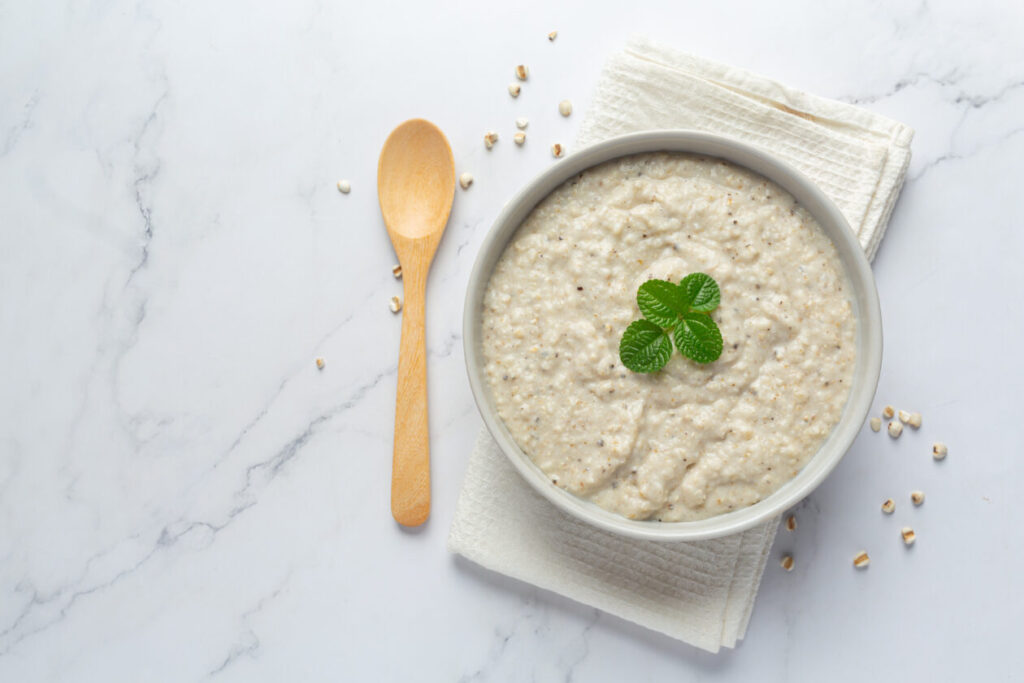
A grain with a long history of versatility and resilience, millet was a mainstay in many ancient civilizations. It has been cultivated for thousands of years, supporting many different cultures worldwide. Gaining insight into the historical significance of millet enhances our understanding of it in the present, especially when it comes to diets such as the ketogenic diet.
Examining the nutritional makeup of millet reveals a range of vital elements. This grain is devoid of gluten and a good source of vitamins, minerals, and fiber. Given the context of the ketogenic diet, its macronutrient profile—marked by a moderate carbohydrate content—calls for more examination. Although millet contains carbohydrates, its suitability for a ketogenic diet depends critically on the kind and quantity of carbohydrates it has.
Millet offers several health advantages in addition to its use in ketogenic diets. Its high fiber content aids in digestive health, and the important nutrients it contains enhance general well-being. Millet is a beneficial component in many cuisines because of its adaptability in the kitchen. It offers an added layer of appeal.
As we investigate millet’s keto-friendliness, recognizing its wider historical significance, nutritional subtleties, and overall health benefits allows us to offer thorough insights to those looking for a well-rounded understanding of this ancient grain in the context of modern diets.
Is Millet Keto Friendly?
Knowing what makes some foods keto-friendly is important before deciding whether millet suits a ketogenic diet. The low-carb, high-fat diet that propels the body into ketosis is the cornerstone of the ketogenic diet. Foods that follow this guideline usually have moderate protein content, healthy fats, and little net carbohydrates.
Examining the nutritional profile of millet indicates a grain that is high in nutrients, but it cannot be easy to follow keto guidelines strictly. Starches among the carbs found in millet may affect ketosis. While it adds important nutrients like fiber, vitamins, and minerals, its high carbohydrate level might cause concern for those rigorously adhering to a ketogenic diet.
Millet nutrition facts (1)
In a 100-gram serving, raw millet provides 378 calories. It is a rich source (20% or more of the Daily Value, DV) of protein, dietary fiber, several B vitamins, and numerous dietary minerals, especially manganese, at 76%. Raw millet is 9% water, 73% carbohydrates, 4% fat, and 11% protein (Table 1).
Why Millet is Not Considered Keto-Friendly: Since millet has a high carbohydrate content, it cannot be strictly followed when following the ketogenic diet. Even in small doses, the presence of carbohydrates can interfere with the metabolic state of ketosis, even if they have nutritional advantages. Low-carb substitute grains might be a better fit for those trying to achieve ketosis.
As we wrap up our investigation, it’s clear that when evaluating millet’s role in a ketogenic diet, its nutrient richness must be balanced against its carbohydrate load. Although not naturally ketogenic, people who value millet’s nutritious content may find a place for it in modified or cyclical ketogenic diets due to its adaptability and wider health advantages.
Keto-Friendly Alternatives to Millet
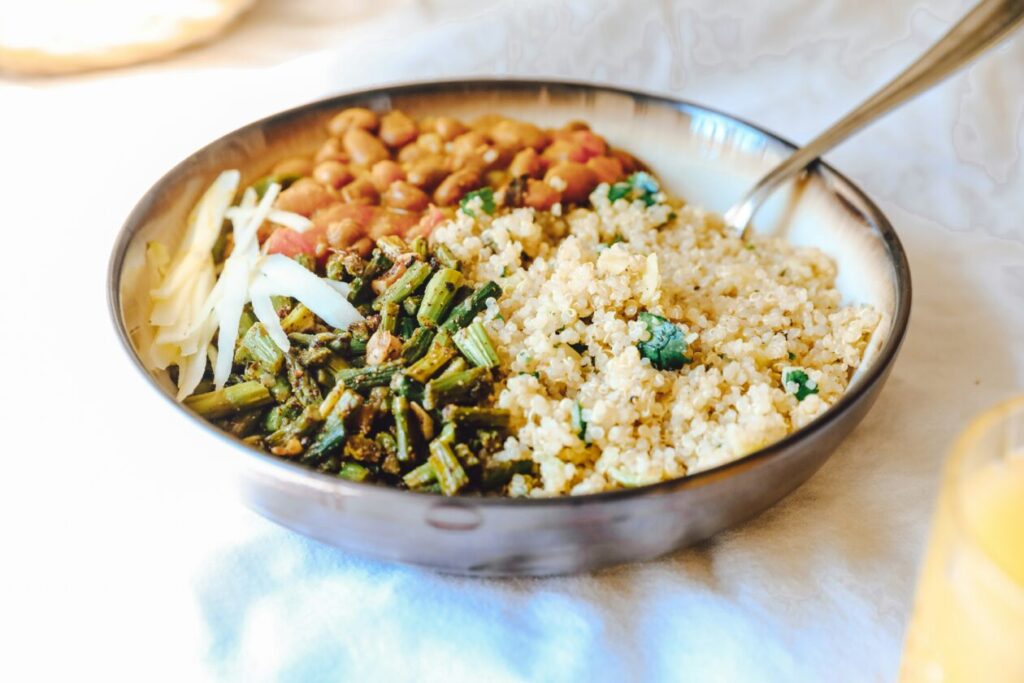
Knowing how to navigate the world of grains that are keto-friendly is crucial for people following a ketogenic diet. Although millet might not be the most compatible grain with the low-carb, high-fat ketogenic diet, many other grains have a better nutritional profile. For those dedicated to the ketogenic diet, these alternatives offer a good mix of important nutrients and reduced carbohydrate content.
Investigating keto-friendly substitutes reveals a variety of grains that can be used in a high-fat, low-carb diet. Grain varieties with relatively reduced net carbohydrates include bulgur, oats, quinoa, spelled, barley, wild rice, buckwheat, and einkorn wheat. Every substitute offers distinct tastes and textures, enabling a wide range of culinary options that all complement ketogenic objectives. Awareness of the subtle differences between these alternatives allows people to make decisions that align with their nutritional preferences.
While cutting back on carbohydrates is the keto diet’s main goal, whole grains are important sources of important nutrients. Including these low-carb substitutes guarantees a harmony between dietary limitations and various nutrients. Whole grains improve the overall quality of a ketogenic diet by providing fiber, vitamins, and minerals. People can take advantage of a well-rounded nutritious intake while upholding the integrity of their dietary choices as they investigate various alternatives.
Finally, searching for keto-friendly grains reveals various choices that satisfy dietary and palate needs. Knowing these substitutes enables people to enjoy the variety that whole grains provide while creating a ketogenic diet that fits their health objectives.
Benefits of Millets on a Non-Keto Diet
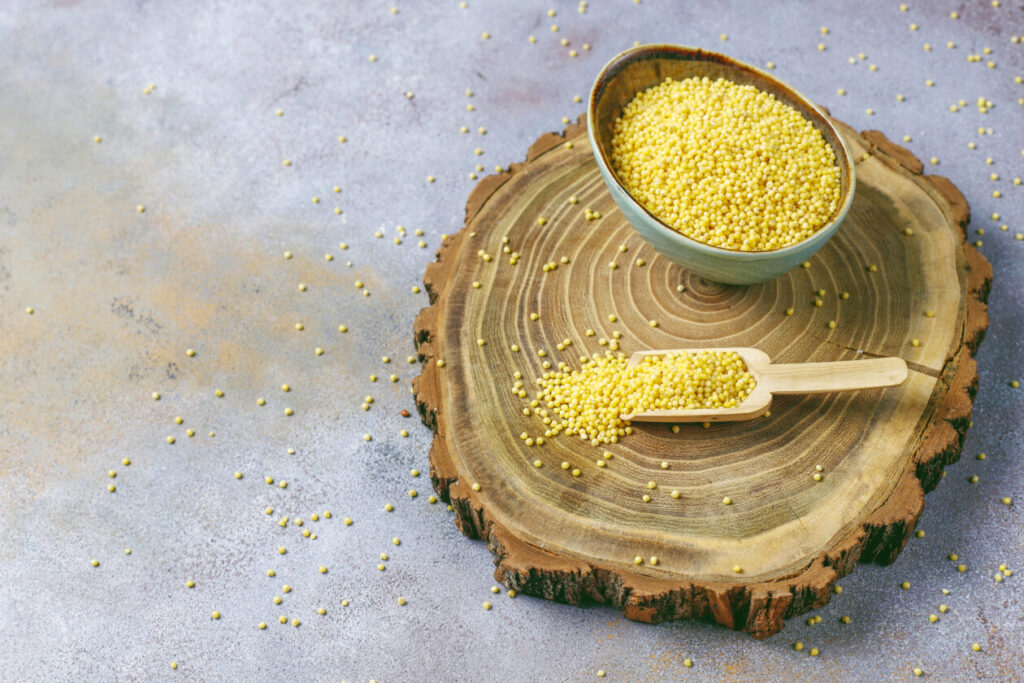
Beyond the ketogenic diet, millets, renowned for their abundant nutrients, provide other health advantages. Fiber, vitamins, minerals, and other vital nutrients are all found in millets, which are good for your general health. Their outstanding nutritional profile is a beneficial complement to any well-balanced diet, as it includes various elements that support different body functions.
When it comes to healthy and adaptable eating options, millet is a good choice for those who need to follow the rigorous carbohydrate limits of the keto diet. With their ability to release energy gradually, complex carbs like those found in millets can be easily included in a balanced diet. Because of their adaptability, various culinary creations, such as tasty side dishes and robust porridges, may be made to satisfy the needs of people who want a healthy lifestyle.
In addition to improving weight management, millets have been shown to have heart health advantages. Millets help maintain stable blood sugar levels because of their low glycemic index, making them a good option for people worried about their metabolic health. Millets also can promote immunological function and overall vitality due to the presence of antioxidants and vitamins, which makes them an appealing part of a non-keto, health-conscious diet.
Finally, millets provide a healthy choice for people not on the ketogenic diet because of their nutritional advantages that cut over dietary limits. Millets demonstrate their nutritional power and adaptability, making them a valuable addition to the pursuit of a balanced and health-conscious diet by improving heart health and offering long-lasting vitality.
Downsides of Millets
Although millets have many nutritional advantages, it’s important to understand that they also contain antinutrients. Antinutrients are naturally occurring substances that may obstruct the body’s ability to absorb vital nutrients. Millets include compounds called tannins and phytates, which, when present in excess, can bind to minerals such as zinc and iron and prevent them from being absorbed. Those who use millet in their diet should be aware of these antinutrients, particularly if they have particular dietary needs.
Millets include antinutrients, which may make it difficult for some people to absorb nutrients. For example, millet’s phytic acid may combine with minerals to produce complexes that lower the minerals’ bioavailability. Those who already have mineral deficits or who primarily rely on millet as a food source may find this concerning. To address unique nutritional demands, these persons must diversify their diet and seek advice from a healthcare practitioner.
Soaking and sprouting are good ways to counteract millet’s antinutrient effects. Before eating, drinking millet aids in the breakdown of some antinutrients, increasing the accessibility of minerals for absorption. Sprouting further improves this process by triggering the production of enzymes that counteract antinutrients. This preparation technique raises millets’ overall digestibility while increasing their nutritional bioavailability. Following these preliminary measures before cooking makes millets a more nutrient-dense option.
In conclusion, even though millets have many nutritional advantages, it’s important to be aware of any possible drawbacks, especially if antinutrients are present. By being aware of these factors, people can make educated dietary decisions and ensure that millets improve their general health and well-being.
Your FAQs on Low-Carb Grains
What grain is lowest in carbs?
The grain lowest in carbs is generally considered to be quinoa. It is a nutritious, gluten-free seed often used as a grain substitute and contains fewer carbs than traditional grains like rice or wheat.
What can I replace rice with on keto?
You can replace rice on a keto diet with cauliflower rice, broccoli rice, or shirataki rice. These alternatives are low in carbohydrates and can be used in various dishes to mimic the texture and function of rice.
What carbs have no grains?
Carbs without grains include non-starchy vegetables (e.g., leafy greens, broccoli, cauliflower), moderate berries, and certain nuts and seeds. These carb sources are often preferred on a keto diet for their lower impact on blood sugar.
What grains have no sugar?
Grains inherently contain some level of carbohydrates, which includes sugars. However, grains like quinoa and oats have lower sugar content than refined grains. Modifying portions and considering overall carb intake on a keto diet is essential.
Can I eat tomato on keto?
Yes, tomatoes can be consumed on a keto diet in moderation. While they contain some natural sugars, tomatoes are also rich in essential nutrients and antioxidants. Be mindful of portion sizes to manage carbohydrate intake.
Is brown rice good for keto?
Brown rice, while considered a healthier option than white rice due to its higher fiber content, is not typically recommended on a strict keto diet. It contains more carbs than keto-friendly alternatives like cauliflower rice or shirataki rice.
Which millet has the lowest carbs?
Among various millets, pearl millet (bajra) is relatively lower in carbs than others. However, it’s essential to moderate portions to fit within the carb limits of a keto diet.
What grains to avoid on keto?
Grains to avoid on a keto diet include wheat, rice, barley, and other high-carb grains. These grains can interfere with achieving and maintaining ketosis due to their carbohydrate content.
Can you have corn on keto?
Corn is relatively high in carbs and is not typically recommended on a strict keto diet. It’s advisable to choose lower-carb alternatives like non-starchy vegetables.
Is hummus OK on keto?
While hummus is a nutritious dip made from chickpeas, it has more carbs. It can be consumed in moderation on a keto diet, but portion control is crucial to stay within carb limits.
What vegetables are keto-friendly?
Keto-friendly vegetables include leafy greens (spinach, kale), cruciferous vegetables (broccoli, cauliflower), zucchini, asparagus, and bell peppers. These vegetables are low in carbs and high in fiber.
What legumes are keto-friendly?
In moderation, keto-friendly legumes include green beans, black soybeans, and certain lentils. It’s important to be mindful of serving sizes to manage carb intake.
What is the lowest-carb rice?
Cauliflower rice is considered the lowest-carb rice substitute. It’s made by grating or processing cauliflower into small, rice-sized pieces and is a popular choice on the keto diet.
Conclusion
Last but not least, the question “Is millet keto-friendly?” invites a more thorough investigation of millet’s suitability for the ketogenic diet. Because of its high carbohydrate content, millet, although a versatile grain and rich in nutrients, might need to fit more neatly into the keto framework. It’s important to understand that millet is a grain and contains carbohydrates and that the keto diet emphasizes low-carb foods to put the body into ketosis. However, millet can still be included in a well-balanced diet if consumed in moderation and with awareness.
The larger point to be made here is matching dietary objectives with food choices. The keto diet is for individuals seeking a low-carb, high-fat strategy for weight loss and metabolic advantages. Strict ketogenic diet followers may find something other than millet to be their first choice. Still, others with varying dietary objectives—for example, those who prioritize whole grains and various nutrient profiles—may benefit from including millet in their diets. Adjusting dietary choices to individual interests and health goals is critical.
There’s rarely a one-size-fits-all answer when it comes to nutrition. The ketogenic diet has a specific function, and millet, because of its nutritional benefits, can be included in many different types of diets. Making educated decisions is crucial when adopting a ketogenic diet, sticking to a balanced diet, or investigating other nutritional options. It is recommended that people learn about the subtleties of the selected diets, try various foods, and speak with nutritionists to develop a long-term, health-conscious eating plan.
Reference
Jade, H. (2017, December 18). Millet – Flour, Grain – Nutrition Facts, Calories, Carbs & Vitamins. Health Jade. https://healthjade.com/millet/
https://www.facebook.com/ruledme. (2013, November 5). CKD vs TKD vs SKD [Types of Keto Diets Explained]. Ruled Me. https://www.ruled.me/3-ketogenic-diets-skd-ckd-tkd/
Was this helpful?

Joseph Emb, RDN
Founder of StyleVitally.com | Registered Dietitian & Wellness Advocate
What I Cover:
I’m passionate about connecting nutrition science and everyday wellness to help people live healthier, more vibrant lives. I write about evidence-based nutrition, mindful eating, sustainable lifestyles, and holistic well-being at StyleVitally.com.
My Background:
The University of Texas in Austin, where I earned my Dietetics diploma, laid the groundwork for my nutrition and health career. My training and hands-on experience taught me the science and art of using nutrition to enhance health and well-being.
Professional Journey:
I’m an RDN with lots of experience. I’ve helped people seeking tailored nutritional recommendations in clinical settings and community outreach programs. My constant learning and professional development ensure that my recommendations are always based on the latest evidence.
Ethical Commitment:
My practice prioritizes integrity. My content is transparent and objective, following the most significant ethical standards. I can give my audience unbiased advice because I’m not affiliated with food businesses or industry associations. I want to help people make informed health decisions that match their values and ambitions.
Join Me on the Wellness Journey:
Join me on the path to vitality and well-being, whether facing nutritional issues, seeking sustainable lifestyle changes, or simply wanting a better, happier you. We’ll discover how diet, mindfulness, and holistic well-being can maximize your potential.


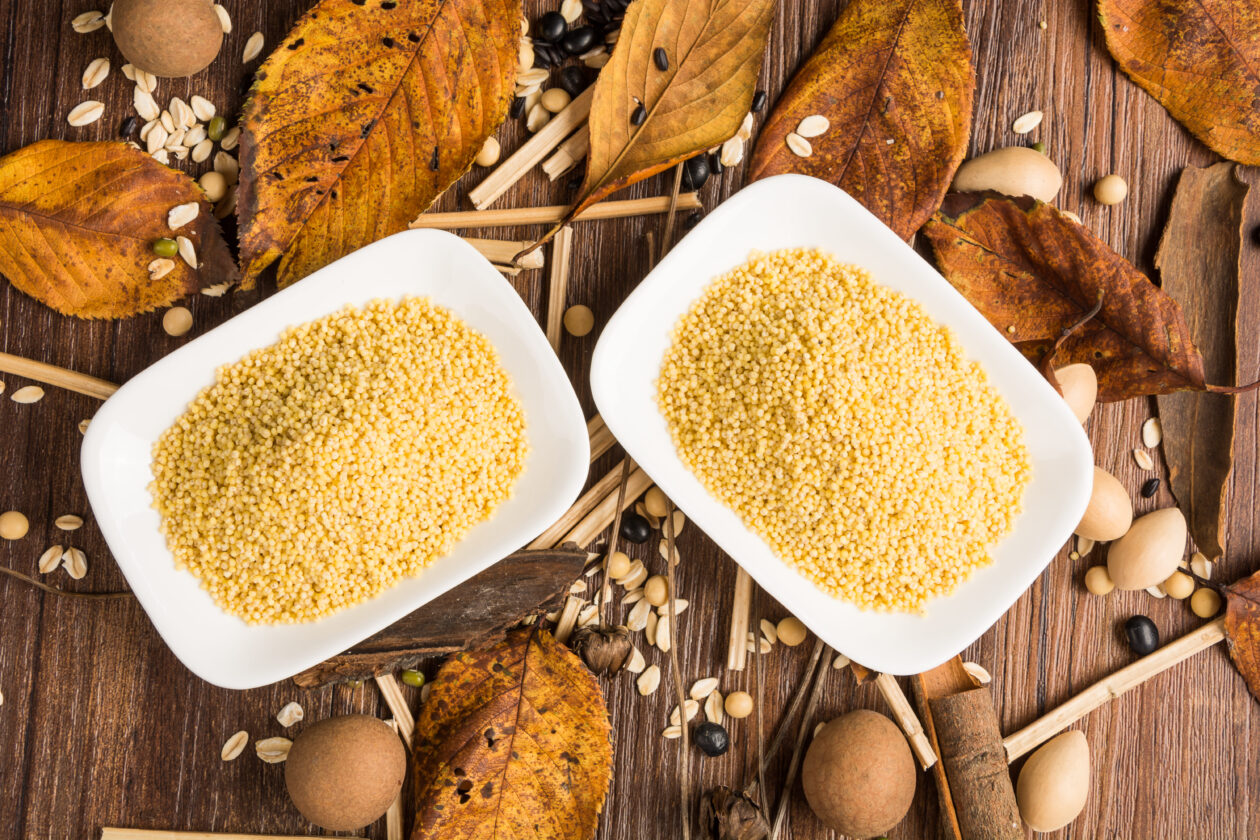


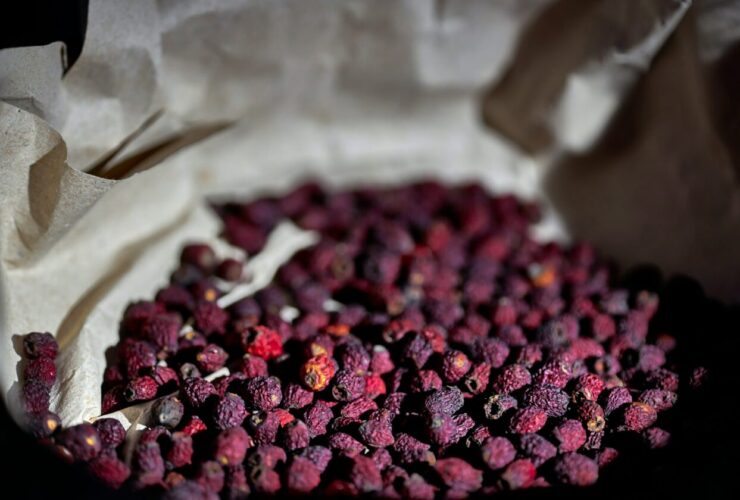




Leave a Reply
View Comments